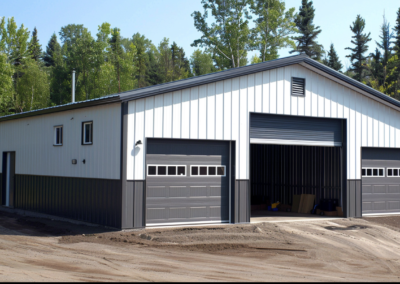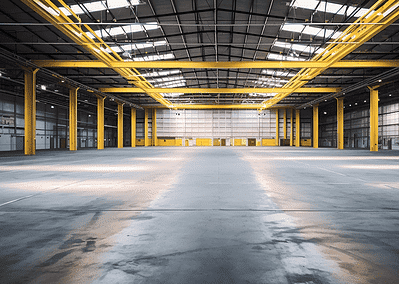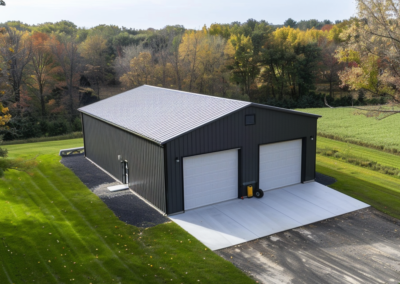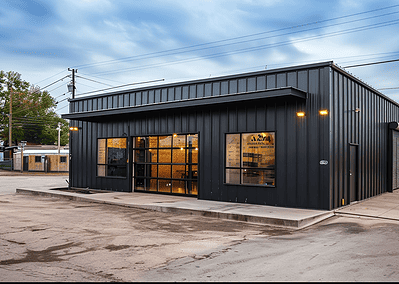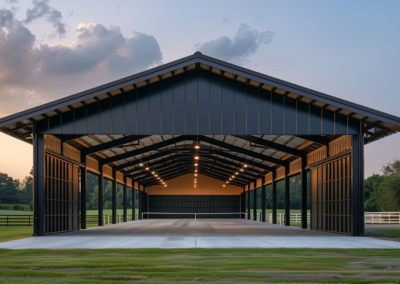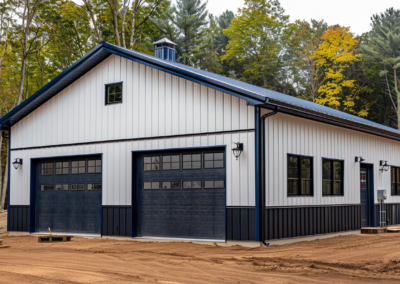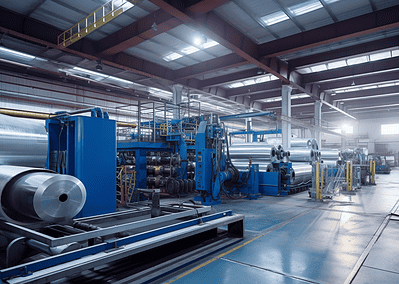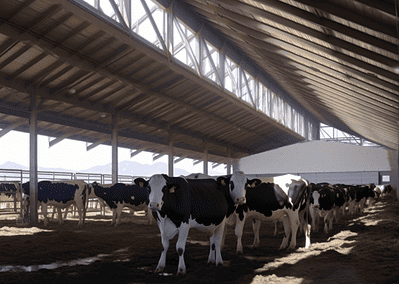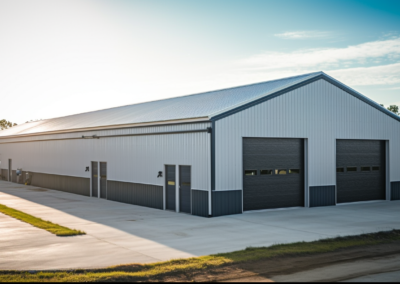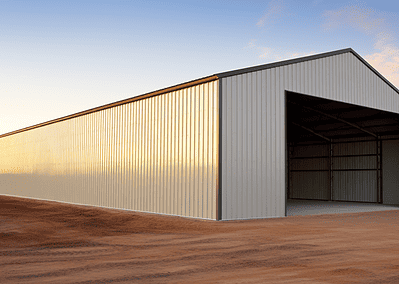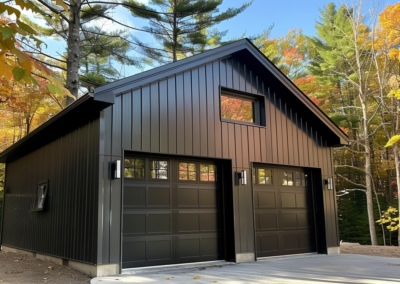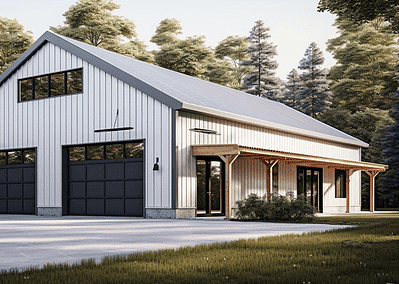Agricultural Buildings: The Backbone of Modern Farming
The Backbone Of Modern Farming
Farming has long been a crucial element of Canada’s identity. From sprawling wheat fields to bustling dairy farms, the nation’s agricultural sector has always thrived. At the heart of this success? Agricultural buildings, a testament to innovation and progress in farming.
Home
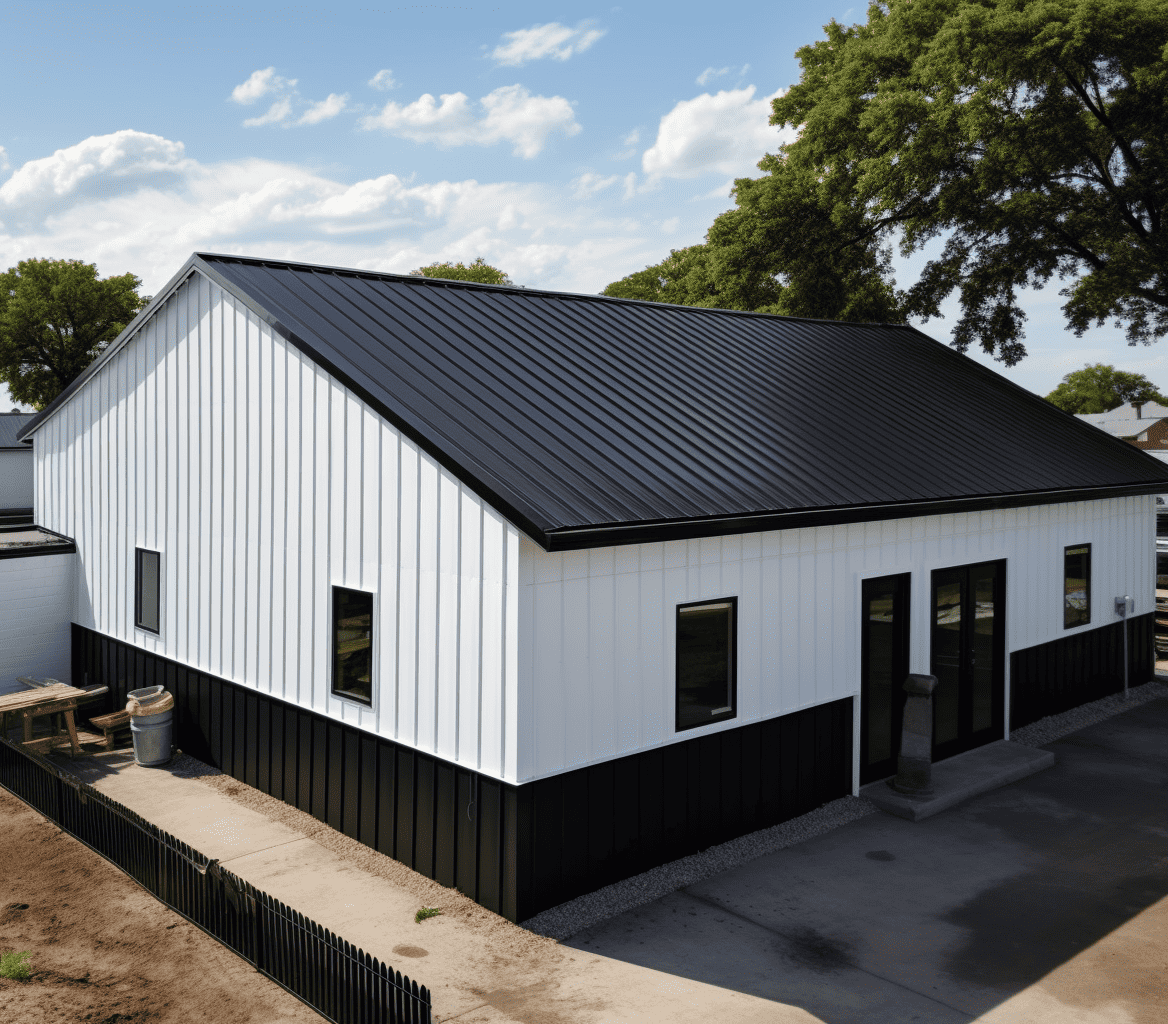
The Evolution of Agricultural Structures
Significant transformation
Historically, farming structures were simplistic, built primarily for shelter and storage. But as farming techniques advanced, so did the need for more sophisticated, multifunctional structures.
Why the Shift?
- Technological Advancements: Modern farming equipment demands more spacious and durable storage solutions.
- Diversified Farming Practices: From aquaponics to vertical farming, new agricultural methods need specialized infrastructure.
- Climate Control: With unpredictable weather patterns, buildings now require improved insulation and ventilation systems.
Modern Farm Buildings
More Than Just Barns
Today’s agricultural structures are diverse, catering to a range of farming activities.
Steel Buildings: The Modern Farmer’s Choice
Steel buildings have gained popularity among farmers for their durability, flexibility, and cost-effectiveness. These structures resist pests, decay, and extreme weather conditions, offering longevity that traditional wooden barns can’t match.
Specialized Farm Buildings
The rise in specialized farming has led to the development of tailored building solutions:
- Greenhouses: For controlled horticulture, offering optimal light and temperature conditions.
- Poultry Houses: Designed for optimal ventilation, cleanliness, and bird health.
- Dairy Barns: Equipped with milking parlors, feed storage, and animal housing.
The Role of “Agriculture and Agri-Food Canada”
“Agriculture and Agri-Food Canada” plays an instrumental role in guiding the nation’s agricultural sector. This government body supports innovations in farming infrastructure, promoting sustainable and efficient practices across the country.
Sustainable Agricultural Buildings
With a growing emphasis on eco-friendly practices, many modern agricultural structures now incorporate sustainable features:
- Solar Panels: To harness renewable energy for the farm’s electricity needs.
- Rainwater Harvesting Systems: To recycle and utilize rainwater for irrigation and other purposes.
- Insulated Panels: Ensuring temperature regulation while reducing energy consumption.
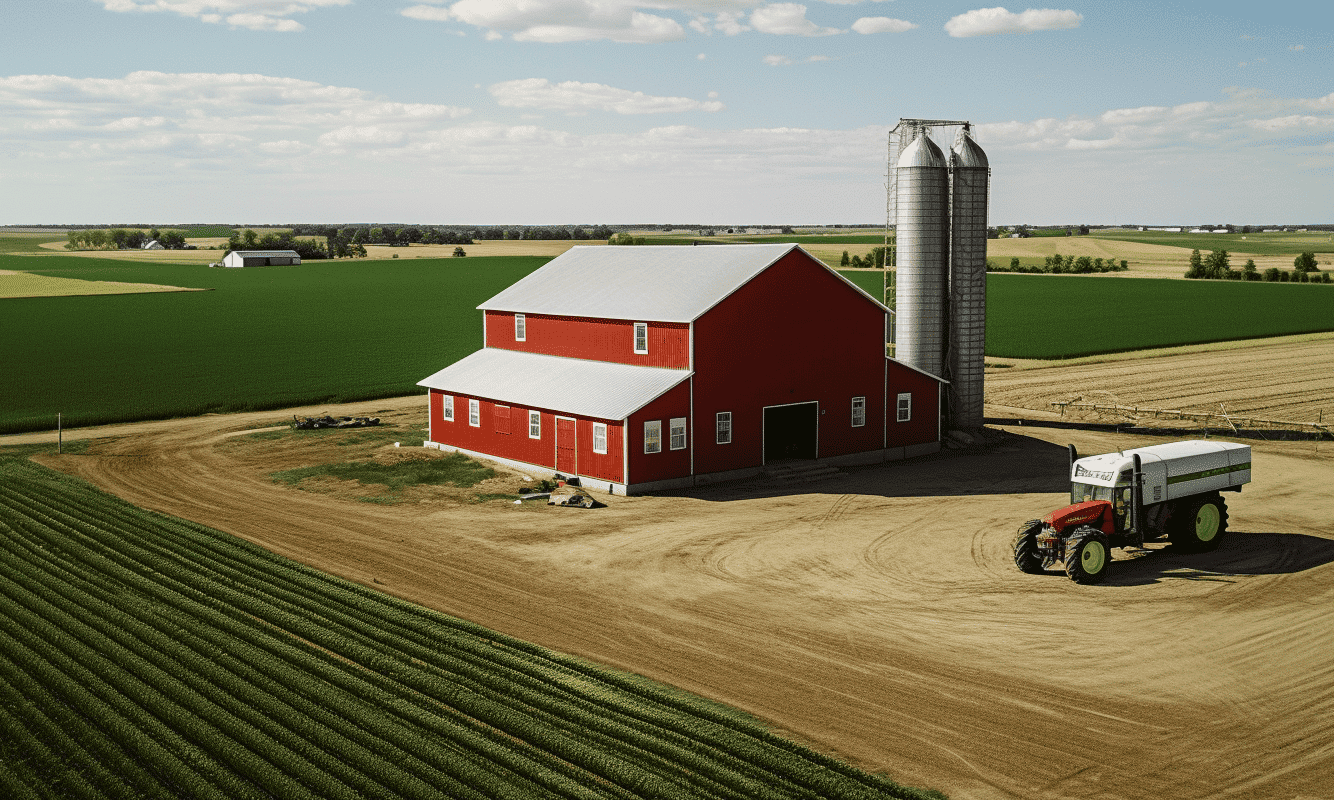
FEATURED PROJECTS
DELIVERING EXCELLENCE ACROSS INDUSTRIES
Explore our projects and witness the expertise and craftsmanship that sets us apart in every endeavor.
Steel Agricultural Buildings in Canadian Infrastructure
Challenges and Considerations in Building Design
- Location: Structures must be positioned for optimal sunlight, accessibility, and protection from adverse weather.
- Cost: While modern buildings offer numerous advantages, initial costs can be high.
- Maintenance: Regular upkeep ensures the longevity and functionality of the structures
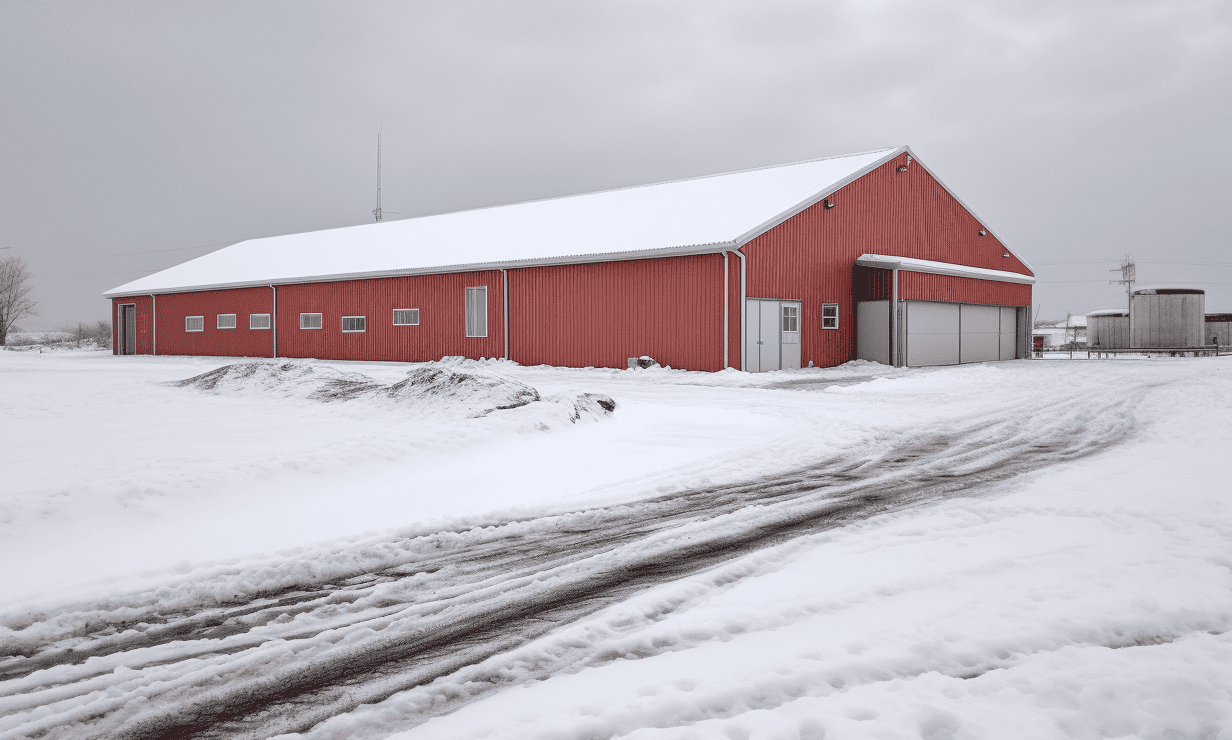
Agricultural buildings have undeniably transformed the way farming is approached in Canada. These structures, ranging from advanced steel buildings to specialized farm structures, showcase the country’s dedication to progress and sustainability in agriculture. Looking to upgrade your farm infrastructure or seeking expert guidance? YourBuildingTeam is here to support your agricultural aspirations, merging tradition with innovation.
Where To Start?
Get a quick estimate or discuss your vision with our experts, we're here to guide you every step of the way towards your ideal solution.
Schedule a Phone Call
FAQ
Are there any exceptions to building restrictions on agricultural land?
Yes, there can be exceptions. While the specifics vary by jurisdiction, exceptions might include allowing structures directly related to farming, such as barns or silos. Some areas might also grant special permissions for eco-tourism or farm-related tourism activities.
What is the primary purpose of agricultural zoning?
Agricultural zoning is primarily aimed at preserving and promoting farm activities, ensuring that agricultural lands remain productive and aren’t prematurely converted to non-agricultural uses. It also helps in preventing conflicts between farmers and non-farmers due to incompatible land uses.
What are the potential consequences of building without proper permits on agricultural land?
Building without the required permits can lead to various consequences, including fines, legal action, or the mandate to remove the illegally constructed structures. It can also result in difficulties when selling the property or obtaining insurance.
Can you build a house on agricultural land?
While the potential exists, the specific regulations and requirements for building a house on agricultural land vary by location. Some regions may require a land-use conversion or impose conditions, such as the house serving as a farmhouse connected to the ongoing agricultural activities on the property.


